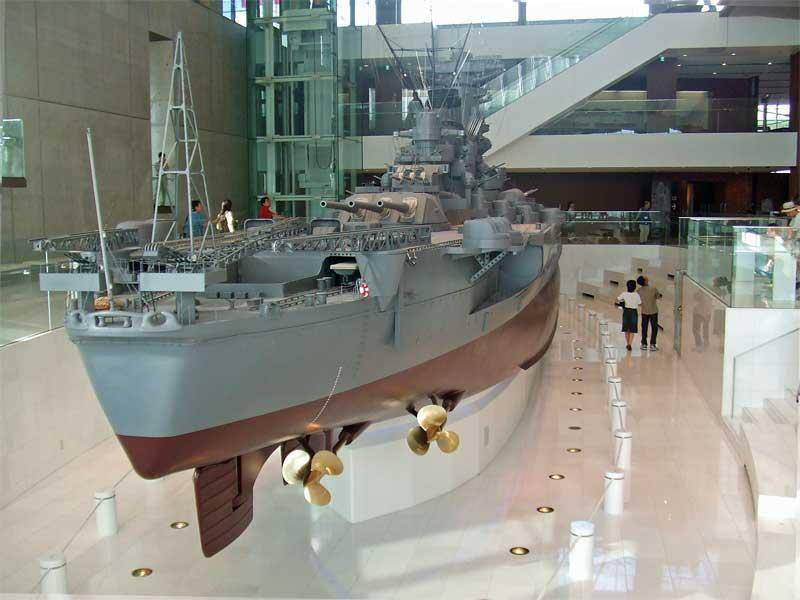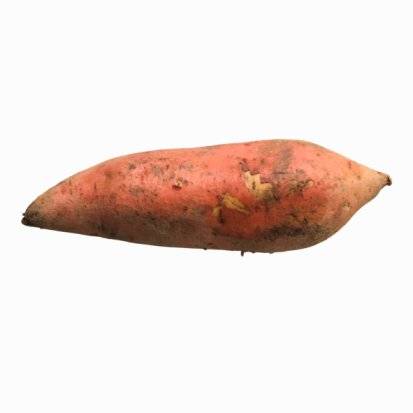namvet
Gold Member
Japanese LEGO craftsman Jun Brick has recreated the famous WWII-era Japanese battleship Yamato in LEGO. 200,000 Lego parts and more than 6 years were spent for its construction. Pics and a video can be found below!



[URL="http://demonicious.com/20090410/lego-yamato-battleship/"]more photos[/URL]
[ame=http://www.youtube.com/watch?v=1yRifXI7sYQ]YouTube - LEGO Battleship YAMATO[/ame] video
----------------------------------------------------------------------------------------------------
the 1/10 scale model on display at the Kure Museum in Japan









